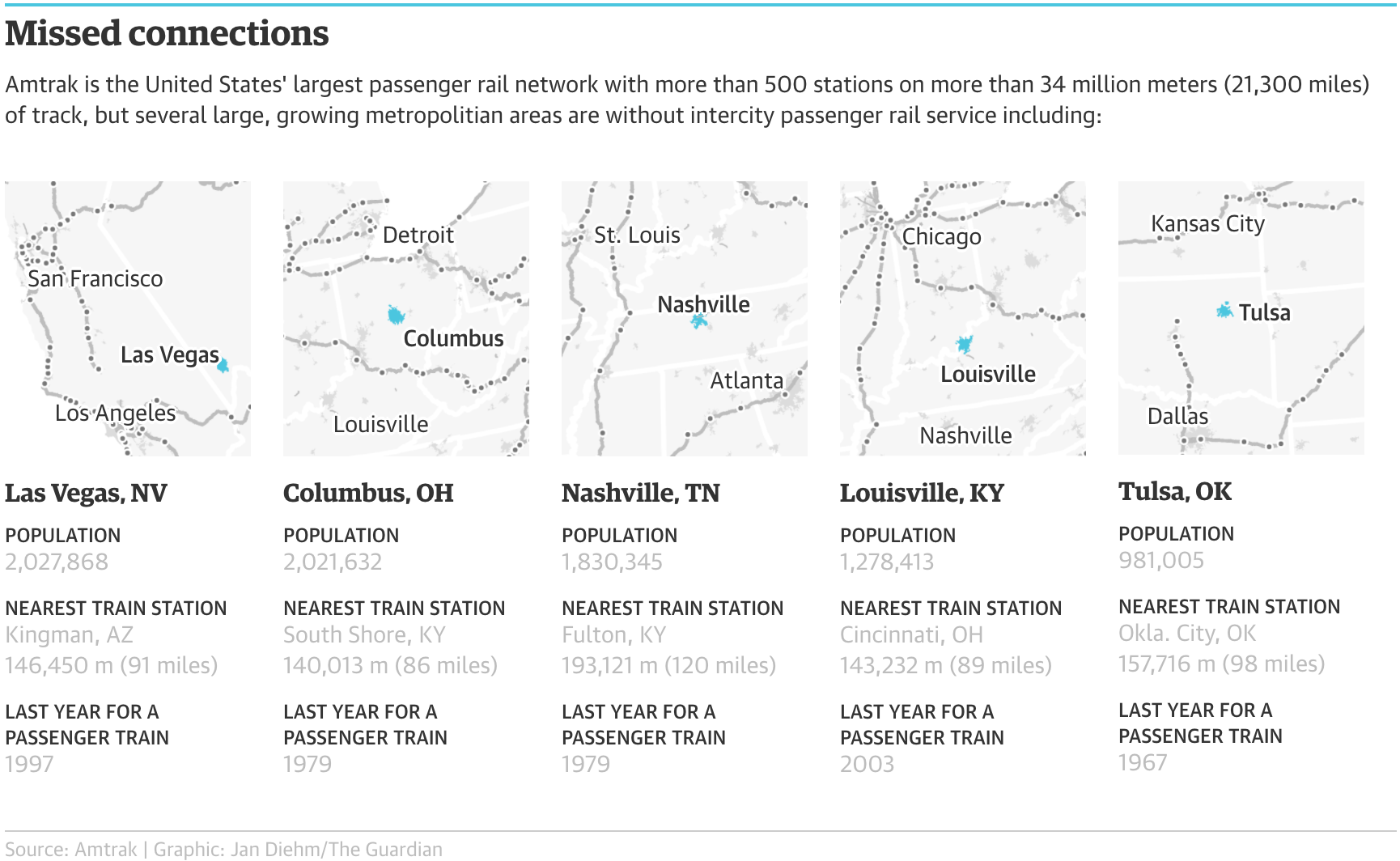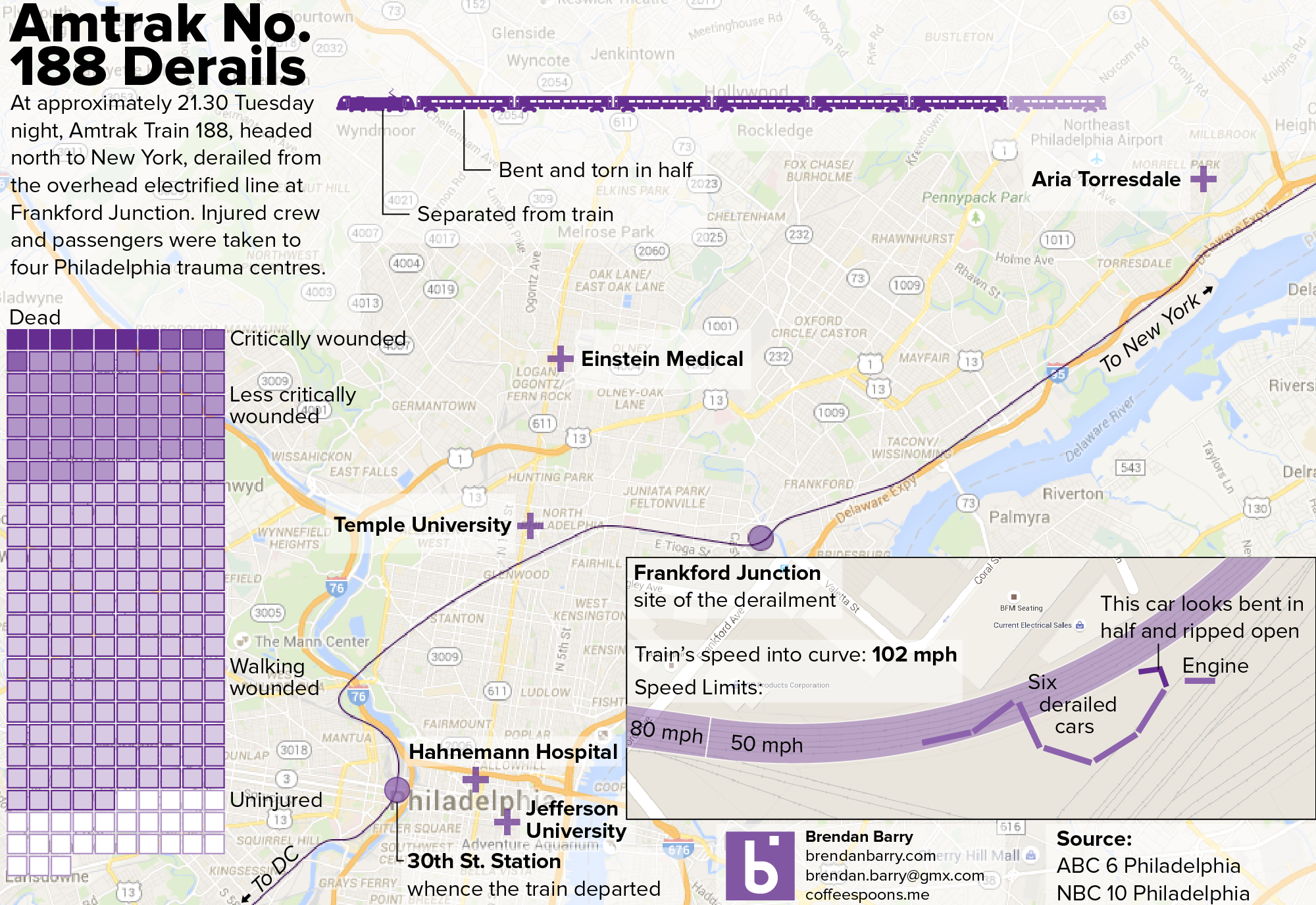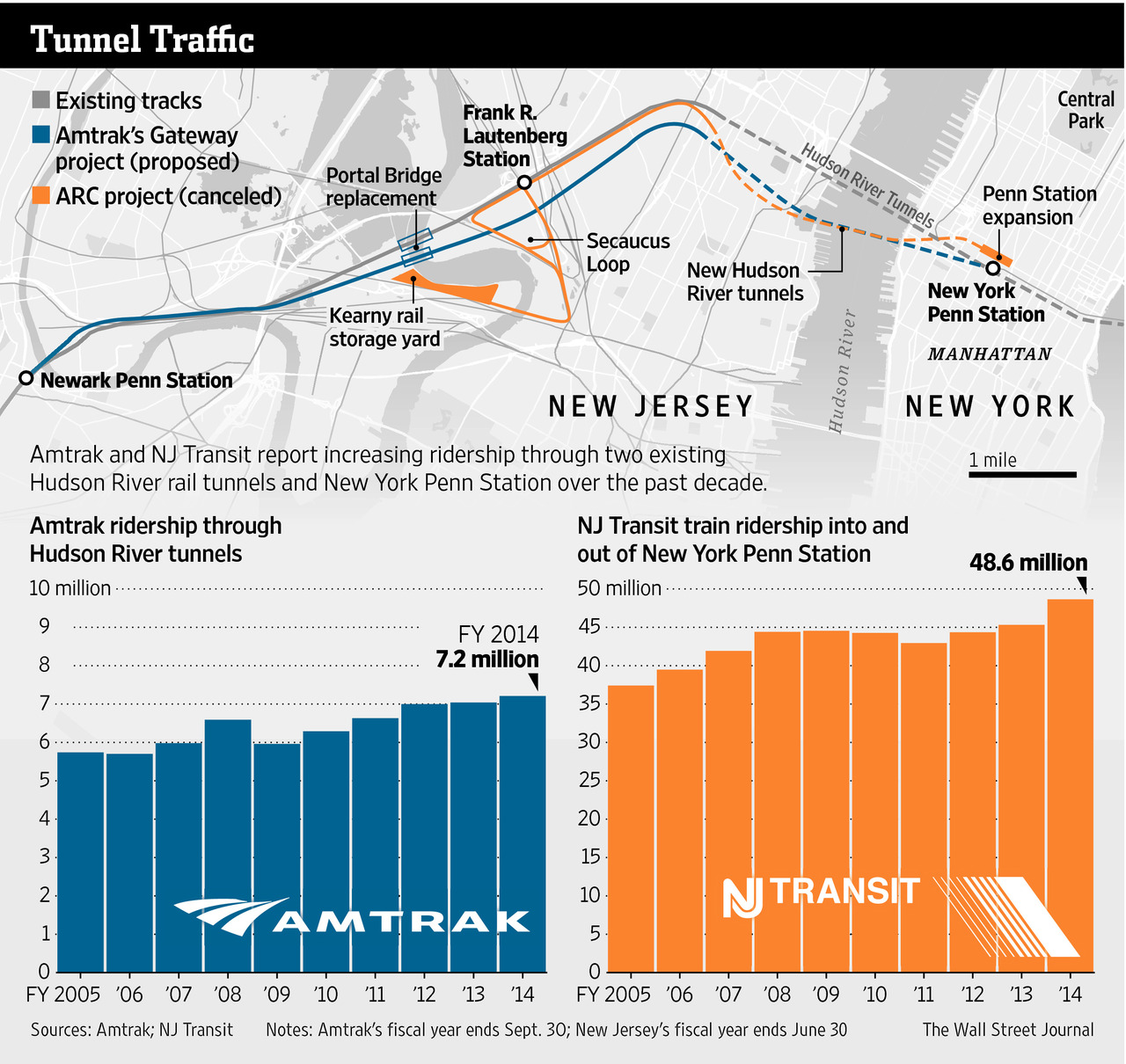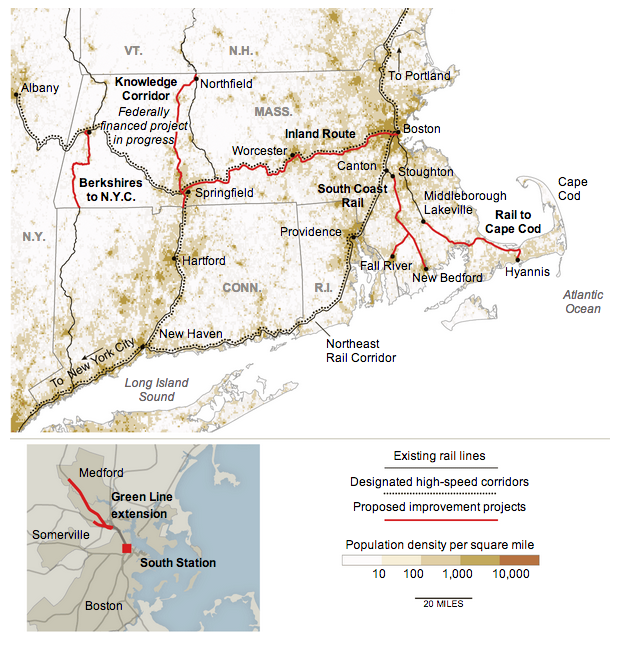Last month the National Transportation Safety Board (NTSB) ordered Philadelphia’s public transit system, SEPTA, to inspect the backbone of its commuter rail service, Regional Rail: all 225 Silverliner IV railcars. The Silverliner IV fleet, aged over 50 years, suffered a series of fires this summer and the NTSB investigators wanted them inspected by the end of October.
We are now into the second week of November and the job is not yet finished. Luckily, the NTSB extended the deadline to the middle of November—this Friday—and the Philadelphia Inquirer has quietly tracked the progress of the inspections with a series of graphics, the screenshot below being today’s. (The data being as of Friday, 7 November.)

I specifically took a screenshot from the top of the webpage, because I think this datagraphic series works particularly well. Directly beneath the article’s sub-head the reader sees the graphic answering the title’s question. The legend sits atop the graphic and incorporates the actual data labels for the specific number of cars in each category. This is instant gratification without the need for a superfluous file photo of a burned out railcar or commuter rail station. I have long advocated that data visualisation pieces can be the hero or headline image for articles and written works.
Does the legend need to incorporate the actual, specific number of railcars in that status? No, that bit is superfluous because graphics are meant to show, not tell, a visual story or pattern. If the precise number is required, a table suffices. (Or, in this case, three factettes in lieu of the graphic could do the trick.)
Colour-wise the designers opted to eschew the traditional green–red status board and the potential deficiencies for the colour-blind that such a pattern entails. Instead they used a blue–red pattern that not only works in the context of statuses but also calls to the brand colours of the transit agency.
Functionally, the datagraphic is static. And that is perfectly fine—not every online graphic needs to be interactive. Instead of, say, having a dropdown menu to select the data from whatever date the user wants, the article contains a series of posts of the static datagraphic of the day.
Overall, I really like this piece. I just wish we could have seen the inspections completed by the original deadline.
Credit for the piece goes to Erica Palan and Thomas Fitzgerald.
Fun fact no. 1: the datagraphic shows a total of 223 railcars instead of the 225 in the fleet. The editors did a good job calling attention to this and pointing out Septa had previously retired two railcars for unrelated aging issues.
Fun fact no. 2: the Commonwealth’s budget impasse of earlier this year saw Harrisburg moved nearly $400 million from Septa’s capital improvements fund to cover day-to-day operating costs with the vague “promise” the fund will be backfilled at a later date. That $400 million capital improvement fund would have been responsible for things like, say, replacing the Silverliner IVs with new railcars. So for those so inclined, you can blame Harrisburg Republicans for delaying the Silverliner IV’s replacement.
(I do have to say, seeing that gives me flashbacks to the days of posting all my COVID-19 status updates. I had not realised it at the time, but nearly two years of daily posts of deaths burned me out on the regular daily updates here.)





